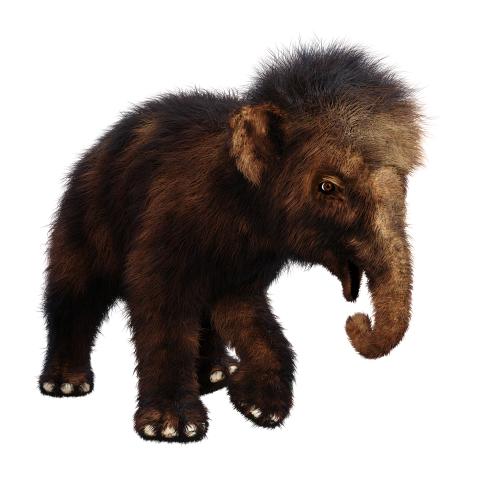
pelicankate
Sunken Treasure: Ancient Underwater Forest May Be Source of Medicinal Bounty
A sunken underwater forest in US coastal waters is still positively teeming with life and may even hold the key to sustaining humanity.
Ancient forests are rarely preserved intact because wood dies and decomposes just like any other living organism. Trees that are thousands or millions of years old do exist as petrified fossils in Yellowstone and mummified remains in Alaska. But a sunken underwater forest in US coastal waters is still positively full of life and may even hold the key to sustaining humanity.
Diving for Drugs
Scientists studying a sunken Cypress forest in Mobile Bay, Alabama, believe its 60,000-year-old trees may be a source for new antibiotics, lifesaving drugs, and industrial compounds. Academics funded by the National Oceanic and Atmospheric Administration (NOAA) from Northeastern University and the University of Utah, are now gathering samples for chemical and biological analysis.
Tree trunks retrieved from the seabed are thought to have grown on the banks of an ancient river near the Gulf of Mexico. As they died and fell into the water, they were covered by layers of sediment and peat. Lack of oxygen in the tightly packed layers ensured that the wood did not decompose, leaving it almost perfectly preserved.
Shipworms and Bioprospecting

pelicankate
Researchers hope that by isolating animal species and micro-organisms contained in the wood, they will identify bacteria that can be used in new drug treatments. One species in particular excites the NOAA team's interest. Shipworms are an invertebrate species, a type of saltwater clam, that thrives by burrowing into wooden structures like ships and docks. They digest the wood and turn it into animal tissue using toxic bacteria that live inside their bodies. These microbes in the shipworm's gut and gills help rather than harm them, and are being studied to see if they can help develop new drugs. Any drug compounds developed from these symbiotic microbes are likely to be less toxic to humans as they have been 'pre-screened' by the animals.
Exploring the oceans to discover species and biological material that might be useful to medicine and other industries is known as bioprospecting. There are more than 200,000 species of invertebrate and algae in the world's seas and this is estimated to be a small fraction of those waiting to be discovered.
Alabama’s Submarine Forest
So far, only a tiny fraction of the Alabama submarine forest site has been sampled. But at least one of the teams is familiar with the potential for finding novel compounds from marine species: Haygood – now a research professor of medicinal chemistry at the University of Utah.
“We screened for antimicrobials and for neurological activity, which is in the direction of pain drugs as well as anti-cancer drugs,” she said. Haygood's department is also now looking at antiviral medicines as a possibility from their analysis.
The site is 15 miles from land and lies in 60 feet of water so it is fairly costly to dive and explore there. In order to preserve it for further careful examination the team is planning on using submersible drones to capture images and create 3D models to share them with the world. Minimising damage is crucial, which means restricting visitors, collecting the right amount of samples, and using the latest biochemical analysis techniques to discover useful material.
Conservation of the forest will also keep intact what is widely believed to be the world's only preserved coastal Ice Age forest. Looking closely at the sunken forest's origins will reveal more about rapid sea level rise and how climate change might affect US coastal communities in future. History repeats itself and teaches us new things all the time. Hopefully the research of these ancient submerged forests have a lasting impact well beyond their years.


















